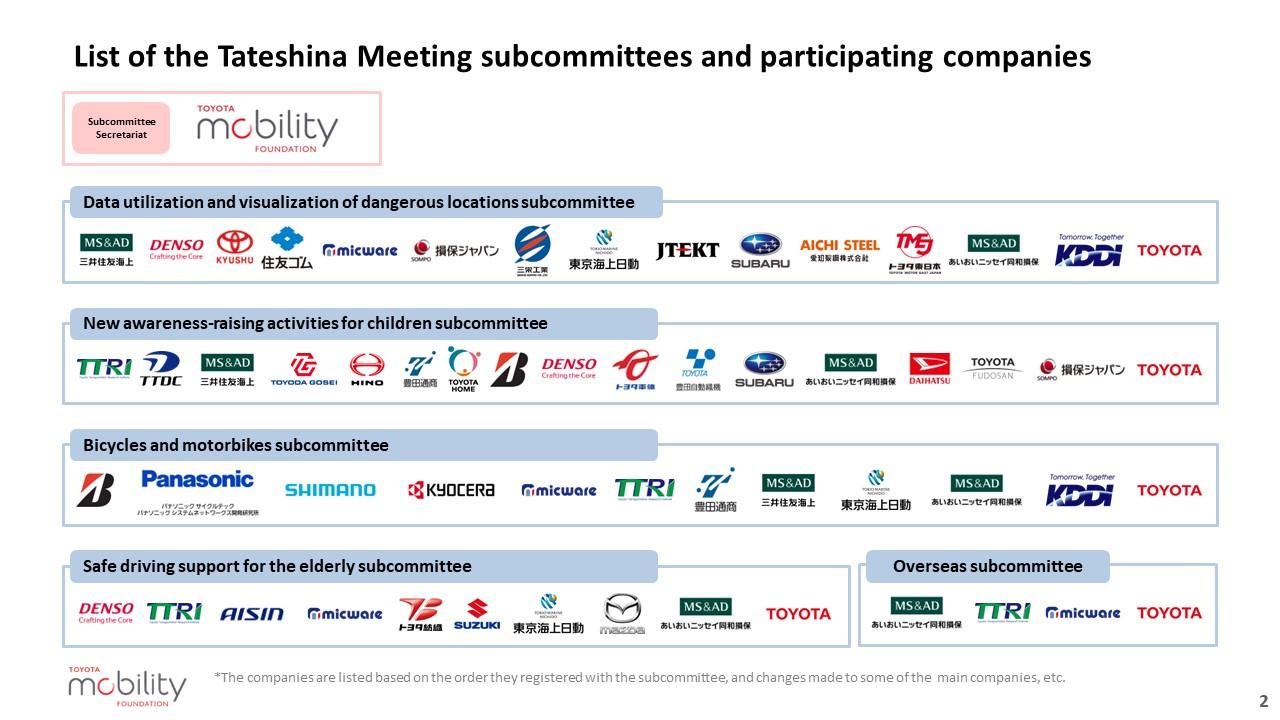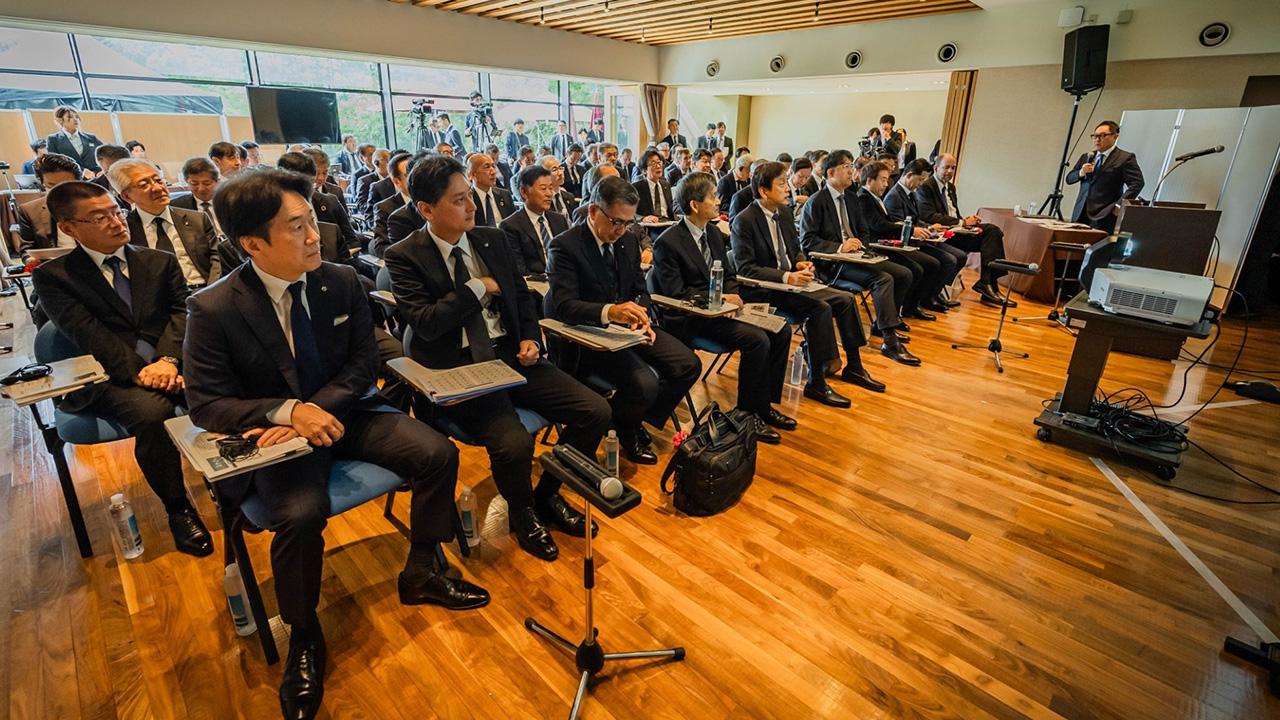
The Tateshina Meeting returns after a four-year break, with the shared desire to eradicate accidents as strong as ever. Cross-company discussions sought to learn from the past, and to shape the future.
Diverse backgrounds, united vision
TMF Director Naoto Ikeda spoke from his standpoint as an automotive journalist. Despite this neutral position, he expressed his views on further development as a member of the auto industry.
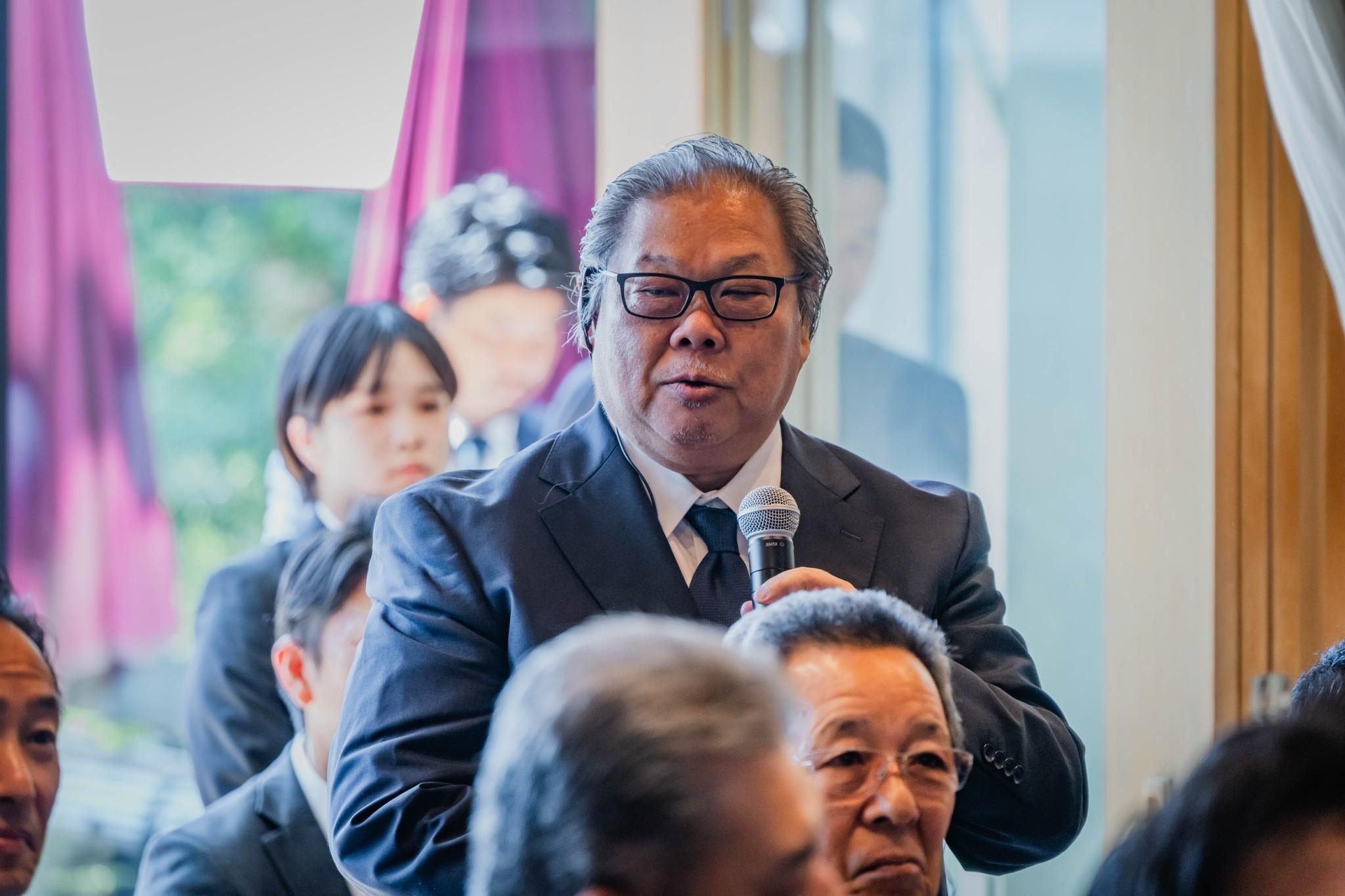
What I found most interesting in Dr. Pratt’s presentation today was his assertion that technology can be both good and bad.
This is true of cars. They improve the way people live and even save lives. At the same time, as these figures show, they also take many lives.
The people who develop technology are at the forefront of using various technologies to expand their possibilities. But the question is, will those on the industry side, as gathered here today, truly use them for good?
Those of us in the industry must create a world that engineers and scientists can believe in. And as commentators, we must also go beyond merely pointing out potential risks and dangers to considering how technology can be used for good, for the benefit of people, with love.
Former Vice-Minister of Economy, Trade and Industry Ikuro Sugawara has served as a Toyota board member since 2018. He foresees that increasingly intelligent cars will change the way traffic rules are formulated.
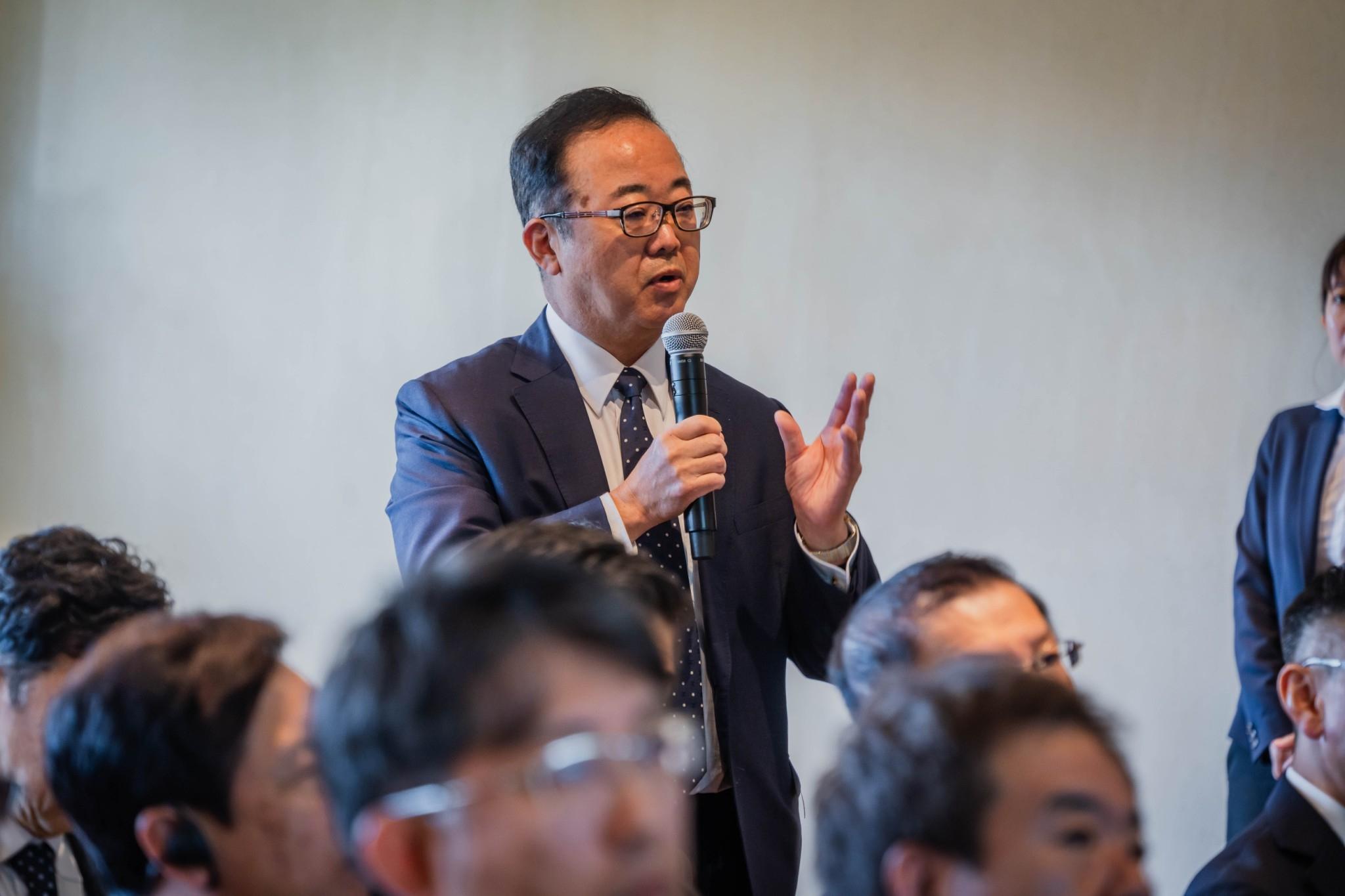
Rather than rules continuing to apply uniformly to all people, I think they will differ according to a car’s level of intelligence—or more precisely, the extent to which the car accommodates the driver’s skill level and assists them in controlling the vehicle.
In the years ahead, rules may not apply uniformly across the board, but instead be created to vary depending on who is driving what vehicle, matched to each individual and their car.
Ikuji Ikeda, Director and Executive Advisor at Sumitomo Rubber Industries—which manufactures tires under the Dunlop and Falken brands—spoke about safety technology that utilizes information picked up by tires from the road surface. He urged its swift adoption in standard cars and minivehicles for the benefit of senior and novice drivers with a greater need for safety technologies.
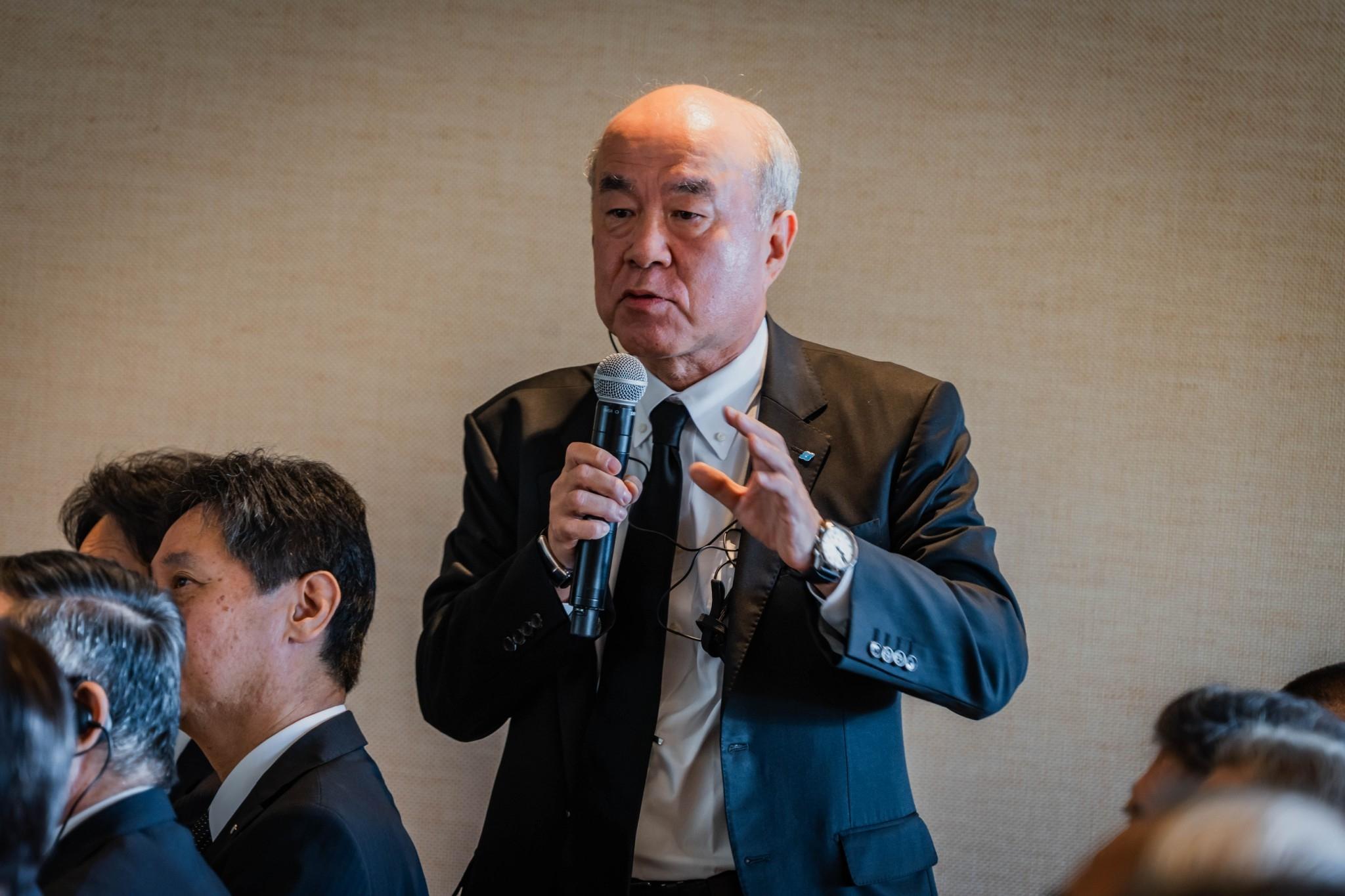
From the dealerships, Toyota Dealers Association Chairman Naoki Kaneko explained how his organization has donated traffic safety picture books and storytelling materials to kindergartens and nursery schools over the past 50 years. He also commented on the “shocking” older adult casualty statistics given in Okazaki’s presentation: “I feel that dealerships can do more to help customers understand how to use their cars.”
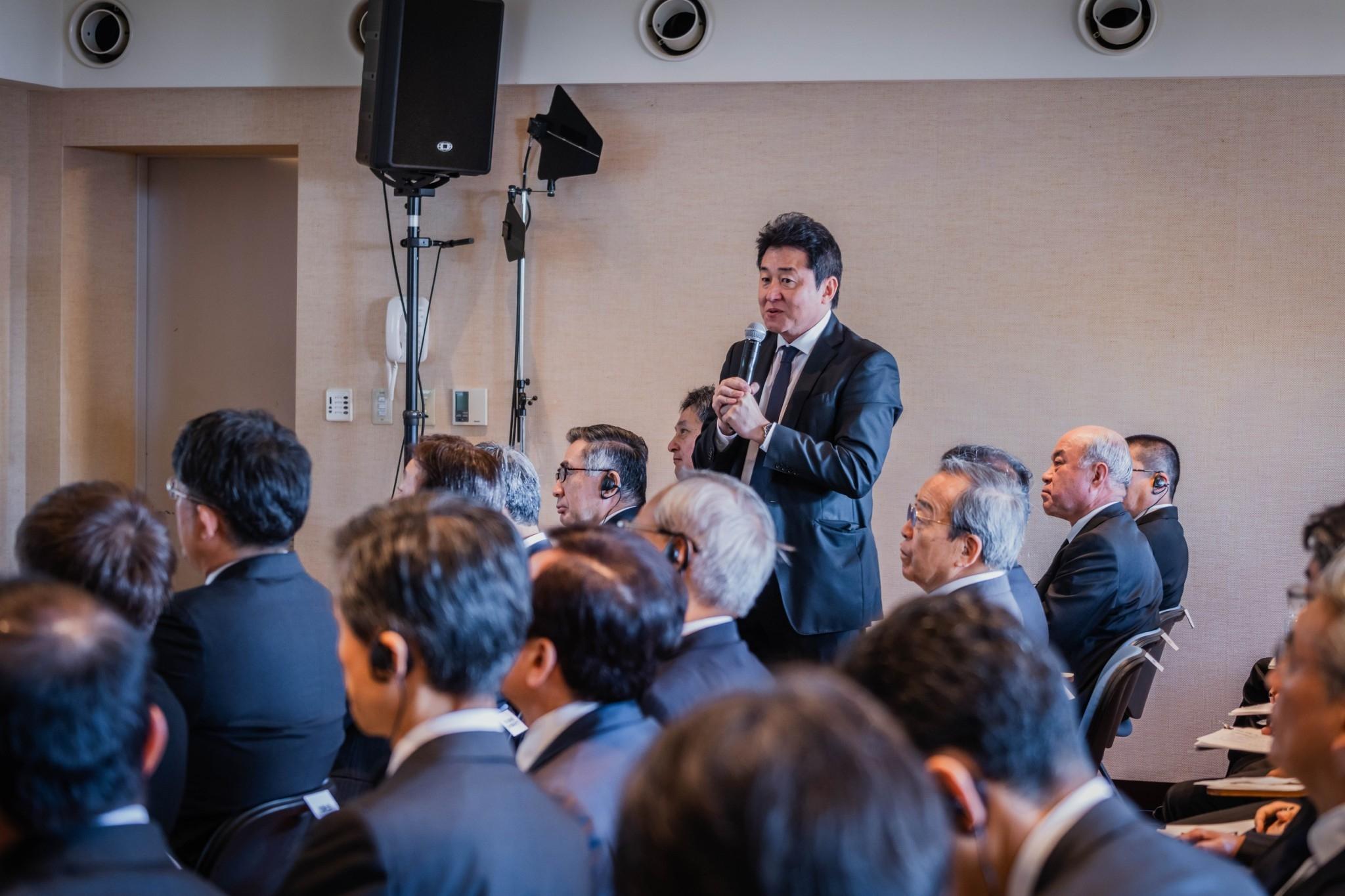
Responding to Chairman Kaneko’s words, CEO Pratt agreed that “dealers will have a bigger role to play.” He endorsed the relationship of trust with customers—built upon traffic safety awareness and other activities beyond maintenance—noting that, particularly in the U.S., “There is much we can learn.”
Keisuke Niiro, President of Aioi Nissay Dowa Insurance, touched on initiatives targeting people and social infrastructure as part of the three-pronged approach.
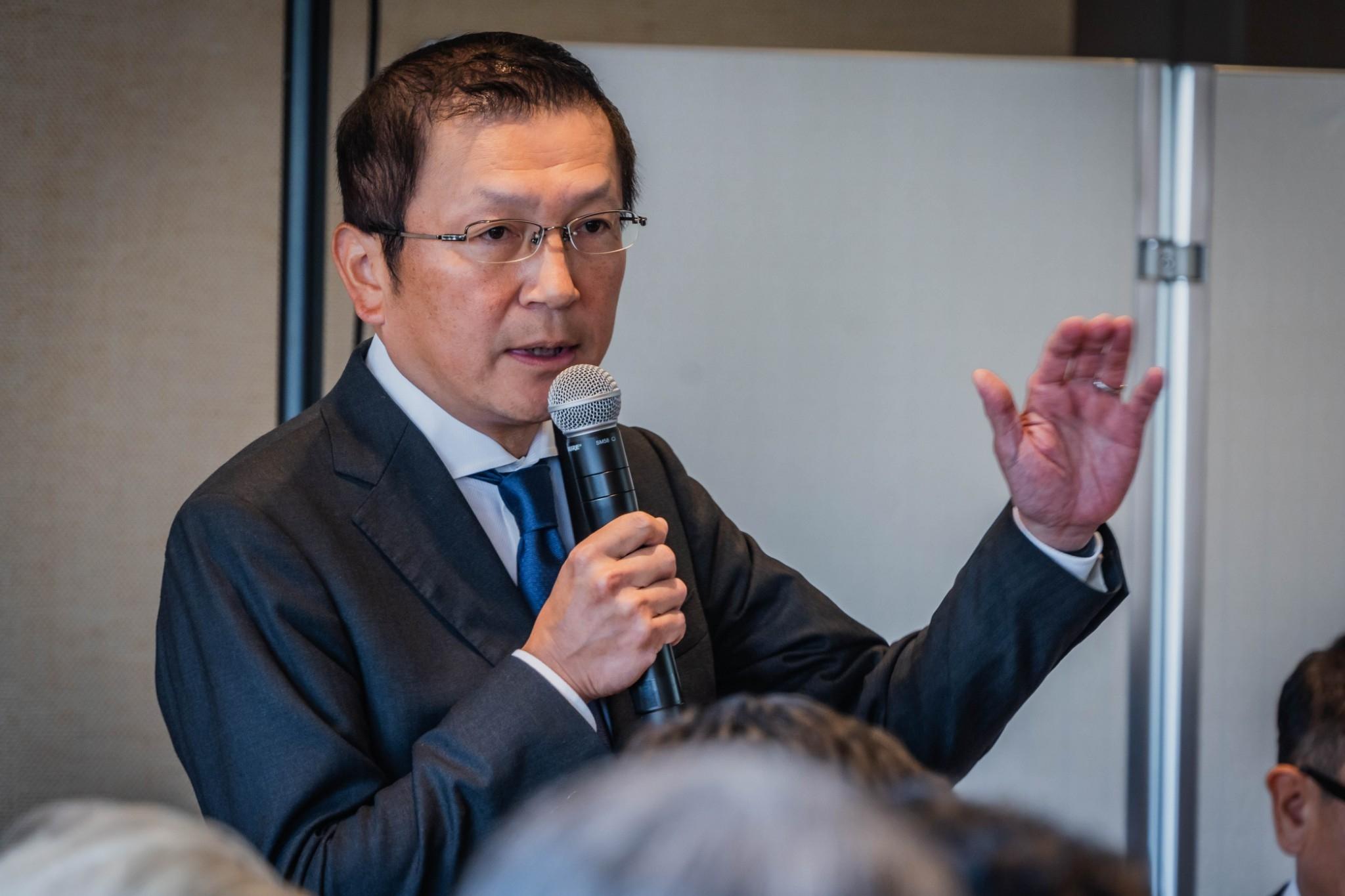
He described how the company offers brain training apps with auto insurance products to maintain and improve the skills of senior drivers and uses driving data to map near-miss incident locations.
President Niiro also tied these safety initiatives to CEO Pratt’s presentation, saying, “I learned that one of the keywords is love—for instance, the love for community that drives users to improve their local areas and, going beyond that, to work together to make better, safer cities.”
Tokyo Institute of Technology professor Motoki Shino, who advises TMF on traffic safety activities, shared expertise from his research into human error among senior drivers.
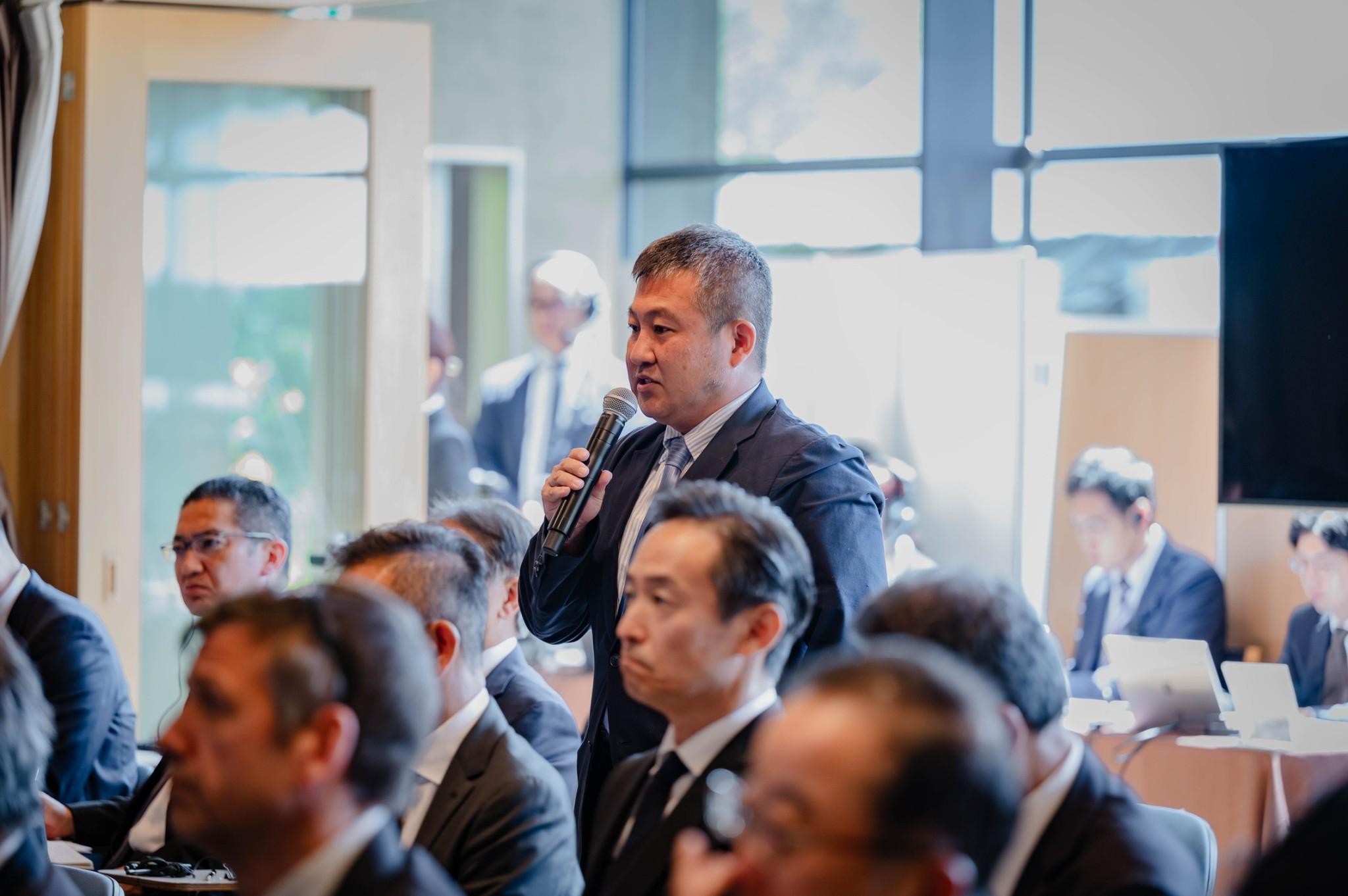
Senior drivers drive based on the experience gained in their daily lives. At the same time, various physical and mental faculties deteriorate with age. Therefore, if they do not perceive a close call (danger) caused by their unsafe driving behavior, it is inscribed in their experience as good or skillful driving.
As a result of this negative cycle of unsafe behavior in their daily lives, senior drivers’ assessment of their own driving ability does not align with their actual driving habits. Figuring out how to bridge this gap will no doubt be a crucial part of the next related technologies.
This means that cars will help to nurture human aspects within the experience of driving in society. I believe that providing such cooperative support will become necessary.
As we’ve discussed, a three-pronged approach is vital to these efforts. What roles do people, roads, and vehicles play, and how do we make use of the live data they provide? Unless we use this data to create cooperative ecosystems, reaching zero (traffic accident casualties) will be an insurmountable task.
What do we do about the roughly 2,600 traffic casualties? We act with consideration for others. As an advisor to the subcommittees and other activities, I believe a key factor is how we utilize and communicate live data in our society.
Three other TRI researchers—Avinash Balachandran, Adrien Gaidon, and Charlene Wu—also shared findings from their respective fields.
Not I, but ai
More than 20 participants shared their thoughts on achieving zero traffic accident casualties, providing deeper insights. Lastly, President Koji Sato wrapped up the proceedings.
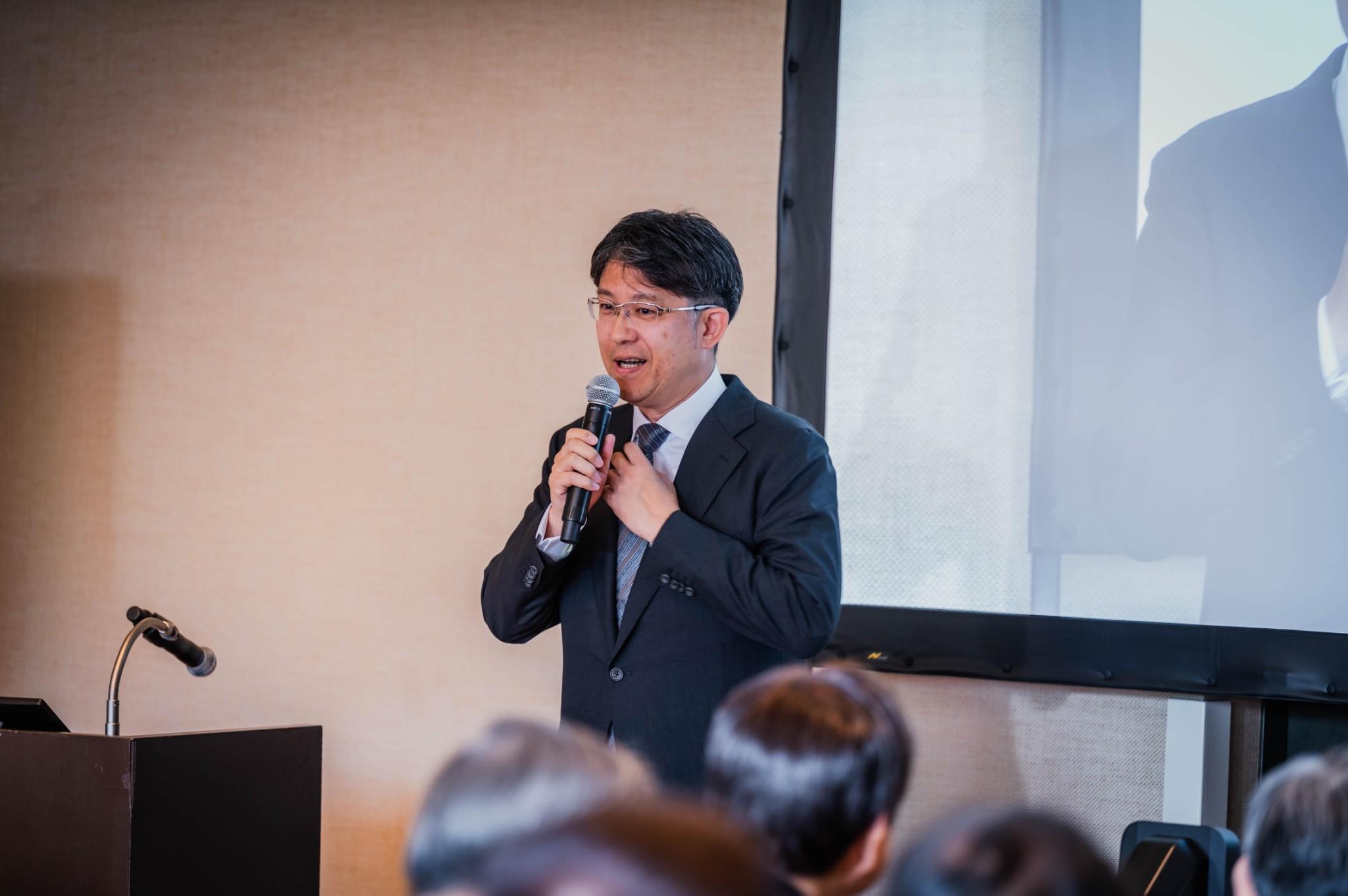
When I reflect on the meaning of this Tateshina Meeting, having heard from today’s three presenters and the many of you who offered comments, and contemplated these in my own way, I now believe that there is actually a very profound significance in the fact that Chairman Toyoda began this meeting with talk of Mount Tateshina in his opening remarks.
This meeting will be followed by the Summer Festival, through which we offer up our prayers. The act of praying itself embodies a spirit of altruism, wishing for the happiness of someone other than yourself.
One of today’s themes was the word “love.”
Dr. Pratt reminded us of the need to think with love. In Japanese, however, the word for “love,” ai, sounds very much like “I”—when considering traffic safety, our focus must be ai, not the self-centered “I,” to ensure we are moving in the right direction.
When setting the Summer Festival and prayer as our point of origin, we understood that our goal must be zero, and that we must all do our part to achieve the shared objective of zero traffic accident casualties.
If we approach this from the “I” perspective, we can’t help but see things in terms of industry success, or feeling that we are already doing our best, and there is nothing more we can do.
Instead, I realized that starting with an offering of prayers unites the Tateshina Meeting and Summer Festival around a single powerful idea: working together toward the shared goal of zero traffic casualties.
And in pursuing that zero goal, the key lies not in each of us striving on our own, but rather in spurring vast collaborations through which we all contribute to traffic safety.
Despite our different backgrounds, we all have the same goal as we work toward creating a mobility society. Today made me realize that there are still many problems we can solve through collaboration and highlighted the importance of tackling them together.
This Tateshina Meeting has given me renewed purpose.
When we leave this room, rather than seeing it as a return to our other—original—selves, I hope that we will all pledge to act, so that at next year’s meeting we can each share the results of our actions and say, “This is how I felt here last year, at the Tateshina Meeting that began with talk of Mount Tateshina, and this is what it inspired me to do.”
On the day, subcommittees were also formed to more effectively pursue the traffic safety initiatives raised at the Tateshina Meeting. Thirty-five companies and organizations pledged to work together to take concrete action in five areas: Data utilization and visualization of dangerous locations; Safe driving support for older adults; New awareness-raising activities for children; Bicycles and motorbikes; and Overseas.
